Utilising the best of 21st century technology, the Witchcliffe Ecovillage is a model of renewable energy generation, producing as much solar energy as it consumes from rooftop PV panels, batteries and microgrids, as well as fast-charging electric vehicle stations throughout the Ecovillage.
Carefully planned orientation of lots, clever house designs that maximise solar capture and efficient appliances will also have a big impact on reducing energy consumption in the Ecovillage.
To ensure a constant supply, we have designed the system to produce a surplus of renewable energy. In fact, we estimate the average household will generate enough additional solar energy to power an electric vehicle for around 20,000 km each year. Each cluster will include two x 32A (3 phase) EV fast-charging stations to enable stratas to earn income from tourists with EVs from excess PV energy during daylight hours.
While building the Ecovillage, before PVs are installed, we will be supplied by accredited GreenPower renewable energy via the Western Power grid.
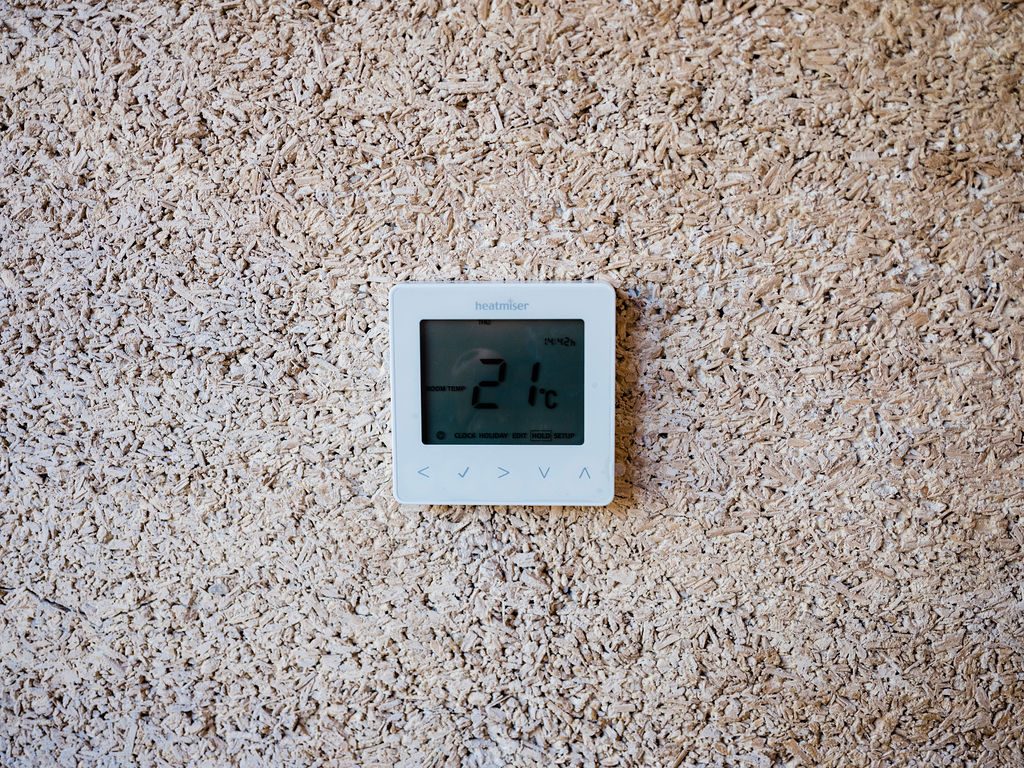
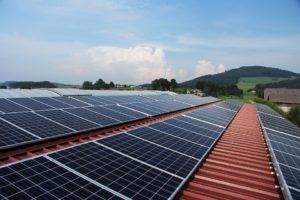
Solar Energy Generation
All PV systems will be of the highest quality and will supply the Ecovillage with ample power for years to come.
Every home, business and community building in the Witchcliffe Ecovillage will feature rooftop PV systems, which will supply their daily power requirements. The excess energy created will either go to a central battery storage in each cluster. PV capacity for individual buildings will be mandated by sustainability design guidelines to guarantee supply throughout the year. All homes will have a minimum of 6.4kW of PV and 5kW inverters. After Small Trade Certificates (STC) rebates are applied, the cost of household PVs will be very low.
To ensure a constant supply of power from solar generation, battery storage is required. The rooftop solar PVs charge batteries during the day and store energy for use at night and in periods of overcast weather.
Clusters in Stages 1-3 will be provided with a central battery (232kWh Tesla Powerpacks) to enable homes to be self-sufficient from renewable energy after sunlight hours. Tesla is providing the Powerpacks with a 15-year warranty. This will provide the five small affordable homes in each cluster with 6kWh per night, cottage lots with 9kWhs and family lots with 12kWh, which is more than required for these solar passive, energy efficient homes to be 100% self-sufficient in renewable energy for household consumption. Lots in Stages 4-5 will be provided with household solar batteries as part of their lot price, which will be networked together via the microgrid and will, in essence, operate the same as a cluster-level battery.
Residents will generally also have sufficient renewable energy for local daily electric vehicle (EV) use if charging from their homes during sunlight hours. This will significantly reduce energy costs for households, and it is our hope that in the long run, the batteries will be fully depreciated by selling renewable energy to tourists with EVs. Tesla will also service each cluster’s battery annually to ensure the batteries are well maintained and running to warranty standards.
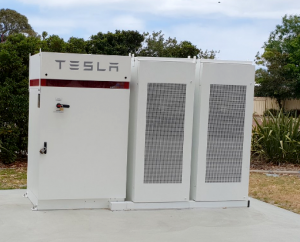
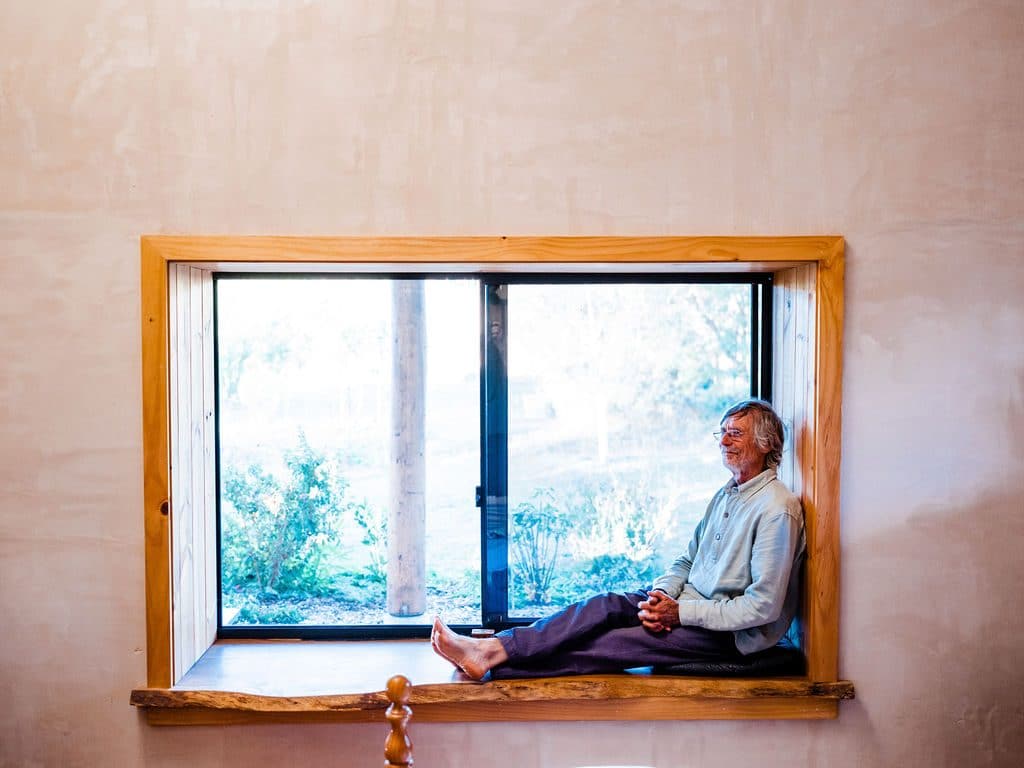
Central Cluster Inverter / Charger
Each cluster includes its own microgrid connecting each home to the central inverter / charger and battery, 3-phase EV chargers and the Western Power grid. This connection will enable excess renewable energy produced by the clusters to be sold to EV owners and back into the grid.
Excess Energy
As the microgrids in the Witchcliffe Ecovillage have been designed to operate year-round with very minimal backup during the cloudiest periods of winter, there will be a large amount of excess energy created on most days. In fact, we are expecting to produce around 1.6 million kWh of excess renewable energy each year.
In order to utilise this energy, the Ecovillage’s microgrid will be connected to Western Power’s grid to allow the sale of renewable energy back into the grid. Eventually we anticipate that all excess renewable energy will be utilised within the Ecovillage for EV charging.
Water Heating
Heating water is generally the largest energy load in a well-designed solar passive home. We have done a lot of work to determine the most energy efficient options for water heating during daylight hours, so it is usually powered from PVs and not the battery, to maximise efficiency. After much analysis, we have confirmed that high quality heat pumps are the best option for our region. Of all of the heat pumps available on the market we have determined, through a thorough Life Cycle Assessment, that the Australian-made Sanden is the best on the market. Through a bulk buying arrangement with Sanden we are able to provide these wonderful long-lived heat pumps to Ecovillage residents at a great rate.
Energy Efficient Buildings
All homes, businesses and community facilities must be designed as efficiently as possible. According to yourhome.gov.au, 40% of the average Australian home’s energy usage is in heating and cooling. By building well-insulated, solar passive homes, as mandated throughout the Ecovillage, close to 100% of heating and cooling can be done passively, saving a large amount of energy. Well-designed solar passive homes in Margaret River are surprisingly warm in winter and require heating only after prolonged periods of overcast weather. In summer, cooling is rarely required and can be taken care of by overhead fans. Other factors such as efficient appliance selection and usage habits, LED lighting and community education programs will help to lower energy usage even further without negatively affecting the lifestyle of residents.
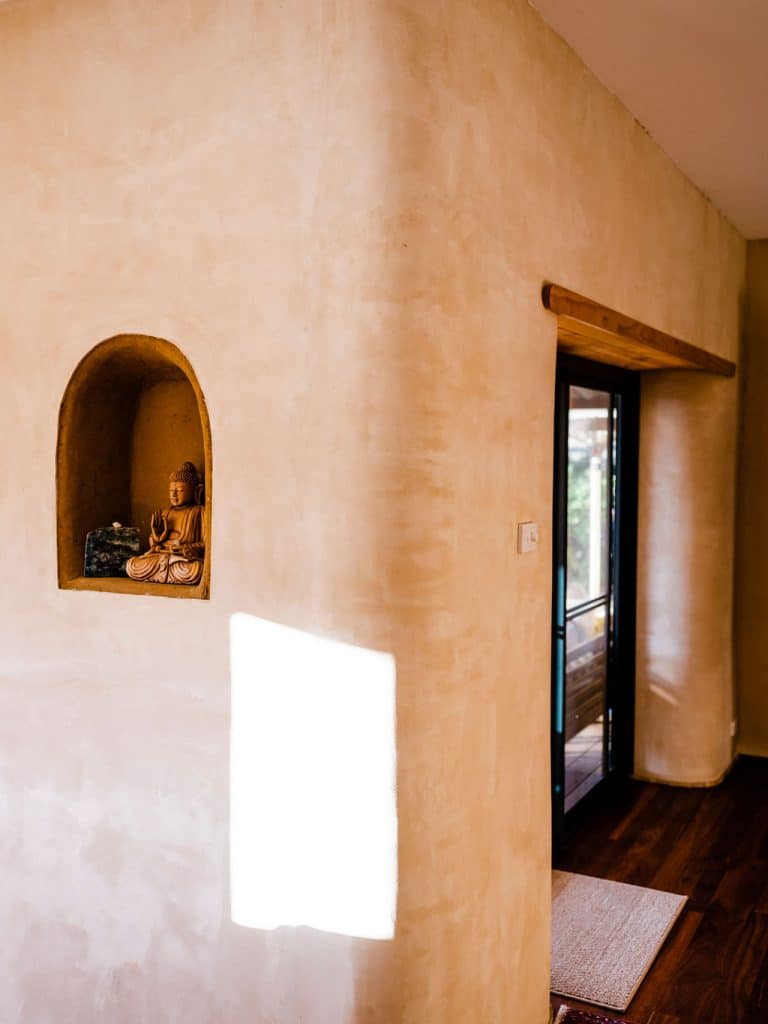
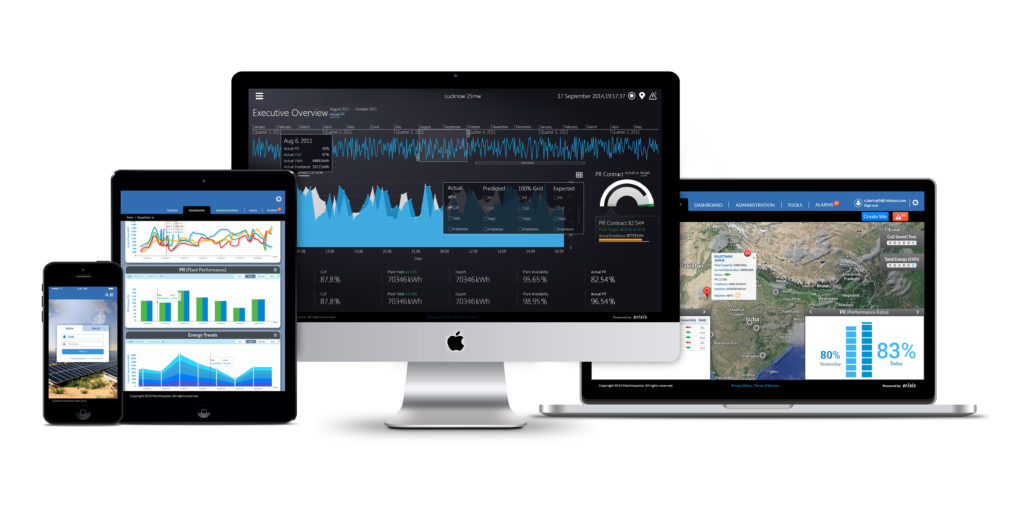
Education & Monitoring
Residents of the Witchcliffe Ecovillage will be provided with the tools they need to live an energy efficient lifestyle, including effective use of their in-home energy monitoring systems. We anticipate that monitoring of energy usage in the Ecovillage will also provide valuable data for future sustainable energy research projects, e.g. investigating the impact of solar passive subdivision design on household energy consumption.
Residents and business owners will be provided with training to ensure they get the most out of their energy systems and the overall operation of the microgrid. Topics such as time of use, energy efficiency, standby and base load consumption, and system maintenance and monitoring will be covered. It is expected that with guidance and support, residents will have energy to spare and will not incur any electricity costs living in the Ecovillage.
Each building will have an indoor energy monitoring system, allowing the resident or business owner to keep an eye on their generation and consumption. This will assist them in deciding when to run certain appliances such as the dishwasher or washing machine and allow them to monitor how much energy they have generated and imported.
